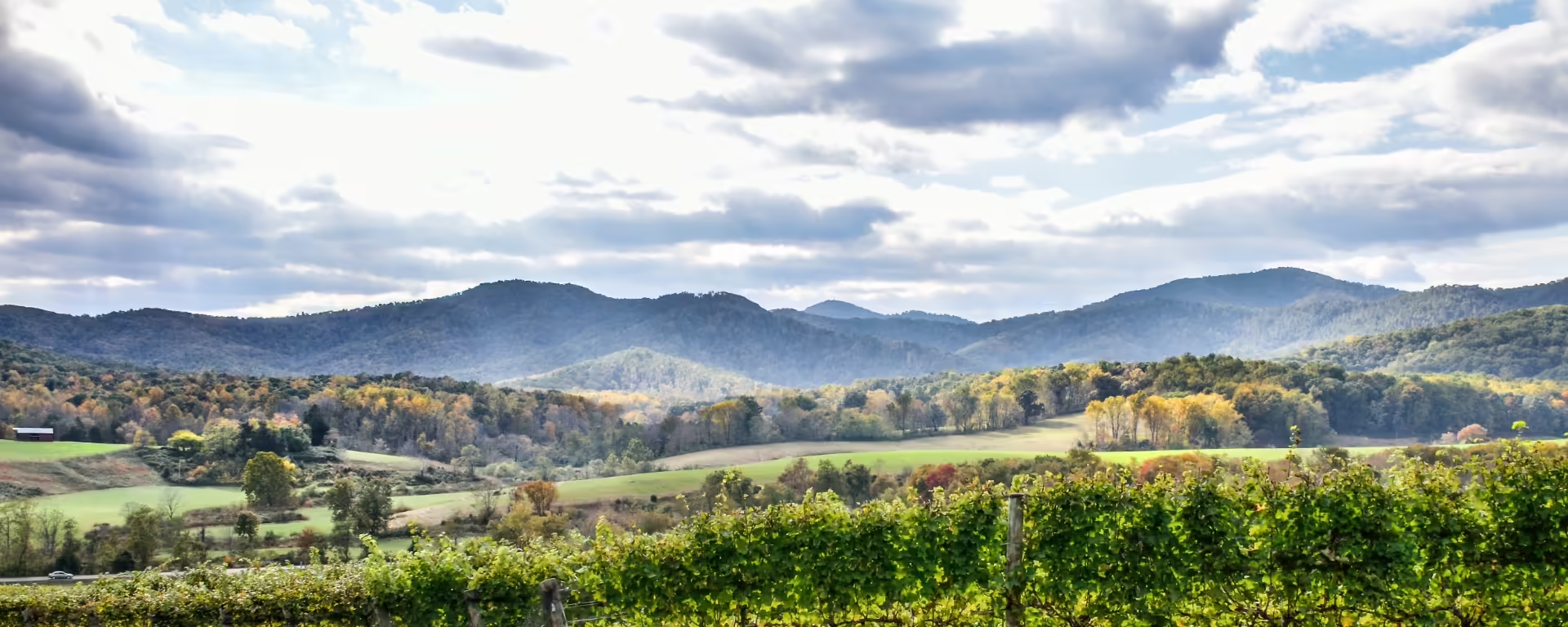
Southern Albemarle County is steeped in centuries of Virginia history, blending deep agricultural roots with presidential legacy and preserved rural character. Before European settlers arrived, this land was home to Monacan Native Americans, whose culture was shaped by the Rivanna and James River waterways. By the 18th century, Albemarle’s southern tracts had become home to plantations, small farming communities, and prominent historical figures who would go on to shape American politics and values.
Among the most significant landmarks in the region is Monticello, the famous estate of Thomas Jefferson, which sits just north of the area’s core but casts a long influence across southern Albemarle. Jefferson’s agricultural experimentation, architecture, and love for the land are echoed in the area’s ongoing preservation efforts and land stewardship. Nearby plantations, such as Edgehill and Castle Hill, also offer insight into the area’s complicated but essential history, intertwining stories of innovation and enslavement.
As time progressed, the area remained primarily agricultural, with tobacco, wheat, and eventually vineyards taking root. Unlike northern parts of Albemarle that experienced more suburban development, the southern half has maintained its rural integrity. Roads like Route 20 and Route 6 still follow historic paths between estates, churches, and crossroads villages. Today, Southern Albemarle remains a tapestry of open fields, wooded ridges, and quietly thriving communities that value their history as much as their landscape.
Southern Albemarle offers an abundance of natural escapes that rival better-known Virginia destinations. The James River winds along the county’s southern border, providing excellent opportunities for canoeing, kayaking, and smallmouth bass fishing. Public access points near Scottsville and Howardsville allow for easy day trips or longer paddle excursions, while the surrounding countryside teems with hiking trails, birdwatching spots, and quiet forest retreats.
Highland, the home of President James Monroe, offers guided tours and scenic grounds that attract history buffs and nature lovers alike. Trails around the estate wind through woods and fields once walked by Monroe himself, offering peaceful views of the Southwest Mountains and glimpses of Albemarle’s plantation-era past. Mint Springs Park, located just outside Crozet but easily accessible, offers lake swimming, hiking, and picnic areas in a forested, family-friendly setting.
Southern Albemarle is central to Virginia’s celebrated wine country. Visitors and residents alike can explore acclaimed vineyards such as Trump Winery, Blenheim Vineyards (owned by musician Dave Matthews), and Pippen Hill Farm & Vineyards – each offering beautiful settings, curated tastings, and frequent events. Many of these wineries feature live music, food trucks, and expansive outdoor seating that makes them ideal for a relaxing weekend outing.
The area’s artistic and cultural life thrives in quiet but meaningful ways. Residents enjoy nearby community theaters in Scottsville and Charlottesville, as well as rotating art installations and music performances hosted by local churches and civic groups. Seasonal events, such as farm dinners and countryside craft fairs, create opportunities to support local makers and celebrate Southern Albemarle’s distinct character.
Southern Albemarle is served by Albemarle County Public Schools, with students typically attending Scottsville Elementary, Walton Middle School, and Monticello High School. These schools offer rural learning environments with access to the resources of a larger public system. For families seeking private options, several independent schools in nearby Charlottesville are also within a reasonable commute.
Many homes in Southern Albemarle operate on well and septic systems, consistent with the area’s rural profile. Trash and recycling are handled by private contractors or through county drop-off centers, while high-speed internet is gradually expanding thanks to fiber initiatives and rural broadband grants. Emergency services are a mix of county support and strong volunteer fire and rescue teams, with centralized medical services available in Charlottesville.
Daily needs are met through a combination of local shops in Scottsville and nearby Charlottesville-area retail. Residents often value the peace and privacy of country living while staying within a short drive of modern conveniences.